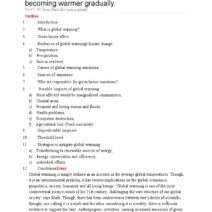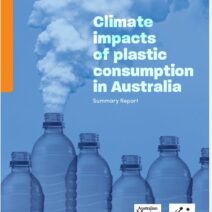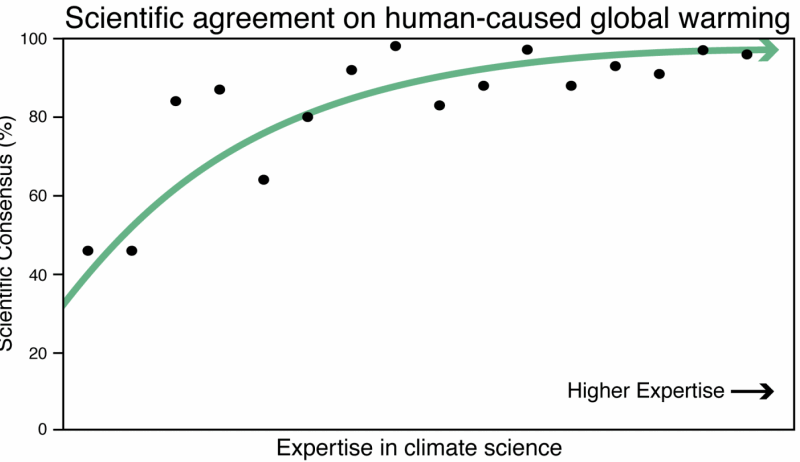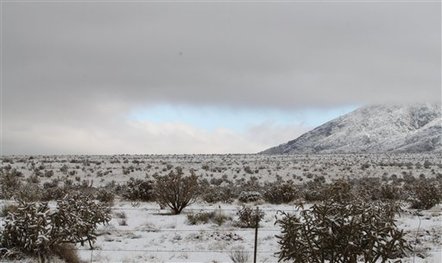In a world often gripped by uncertainty, the phenomenon of climate change looms like an ominous storm cloud, threatening to disrupt our delicate ecological balance. Yet, navigating through the murky waters of public opinion about climate change can feel akin to sailing through fog—difficult to discern the depths of the sea or the shape of the shore. When it comes to understanding the perspectives held by the scientific community, the question arises: what percentage of scientists believe in climate change? The answer is both compelling and crucial for us to grasp.
Imagine a grand orchestra, where each musician contributes to the symphony of knowledge. Among these musicians, climate scientists form a significant section—the violins, if you will, providing harmony that resonates deeply with the truth of our warming planet. Research consistently reveals that an overwhelming majority of climate scientists concur on one pivotal point: climate change is real, human-induced, and poses serious risks to our future. According to various studies, the figure most frequently cited is that approximately 97% of climate scientists affirm the reality of anthropogenic climate change.
To appreciate the breadth of this agreement, let’s draw an analogy with a complex mosaic. As with pieces of a mosaic, each scientific study represents a unique tile, infused with the colors of research methodology, perspective, and emphasis. Despite the intricacies, when these disparate pieces converge, they form a coherent image—a resounding consensus regarding climate change. From paleoclimatology to contemporary atmospheric science, studies across multiple disciplines converge on the understanding that Earth’s climate is changing, and that human activity is a significant driver.
Delving deeper into the data reveals fascinating insights. A prominent survey conducted by researchers synthesized thousands of peer-reviewed papers, concluding that a staggering 97% of climate-related papers endorsed the notion of human-caused climate change. This alignment is not merely a statistical anomaly; it is reflective of a well-established scientific foundation built over decades, supported by comprehensive research and robust evidence. The rarity of dissent within the scientific community can be likened to a lighthouse, illuminating the path forward amid the tumultuous seas of misinformation.
Critics often assert that dissenting opinions exist, fostering the illusion of uncertainty. However, it is crucial to differentiate between genuine scientific debate—a healthy hallmark of any robust scientific inquiry—and the misrepresentation of fringe opinions as credible. Not every claim is equally valid; the scientific method requires rigorous testing, validation, and consensus-building before assertions gain acceptance. In this delicate dance of information, it becomes evident that the overwhelming majority of peer-reviewed research crystallizes around the reality of climate change.
The metaphor of a distorted funhouse mirror can be aptly employed here. When society gazes into the distorted reflections spurred by misinformation campaigns, sensational media narratives, or disinformation, the image of climate science becomes skewed. In truth, what remains clear is that the scientific consensus is not a myth, it is an established reality. Through peer review processes and collaborative efforts, the scientific community has clarified the dimensions of climate change, helping us discern truth from fabrications.
Furthermore, in addition to the consensus on the existence of climate change, scientists are increasingly focused on its ramifications. Each study acts like a thread in a fabric tapestry, weaving together understanding about rising sea levels, extreme weather events, biodiversity loss, and the devastating impacts on human health and economies. The tapestry of knowledge illustrates that climate change will not merely affect polar bears and coral reefs but will touch every aspect of human life, making it imperative for us to act.
Engaging with this wealth of knowledge is vital. Educational initiatives aimed at bridging the gap between the scientific community and the public play a pivotal role in fostering understanding. The role of media cannot be overstated; accurate reporting and disseminating clear, scientifically-backed information can dismantle the walls of misunderstanding erected by sensational headlines and polarizing debates. Engaging citizens, policymakers, and other stakeholders in the dialogue about climate change is essential for galvanizing action and nurturing a culture of environmental responsibility.
As we reflect on the towering edifice of scientific inquiry, it is soul-stirring to witness the resilience and dedication of climate scientists who endeavor to protect our planet. Their work can be likened to skilled artisans chiseling away at marble, transforming raw data into profound insights. The resulting sculpture emerges as a powerful testament to humankind’s collective responsibility in addressing climate change.
In conclusion, the question of what percentage of scientists believe in climate change leads us to a staggering consensus: approximately 97% of climate scientists acknowledge that climate change is real and influenced by human actions. This clarity should serve as a call to arms, prompting individuals and societies to rise and confront the challenges we face with understanding, commitment, and action. As stewards of the planet, our decisions today will reverberate through time, shaping the future we bequeath to generations yet unborn. Let us walk this path with resolve, guided by the beacon of scientific consensus.







